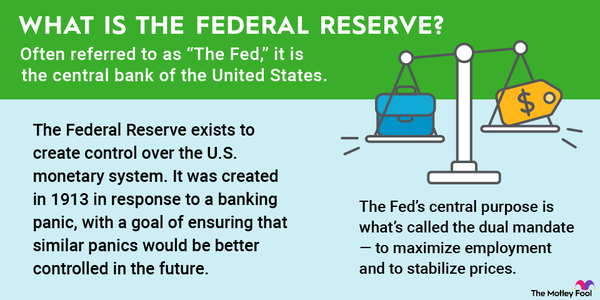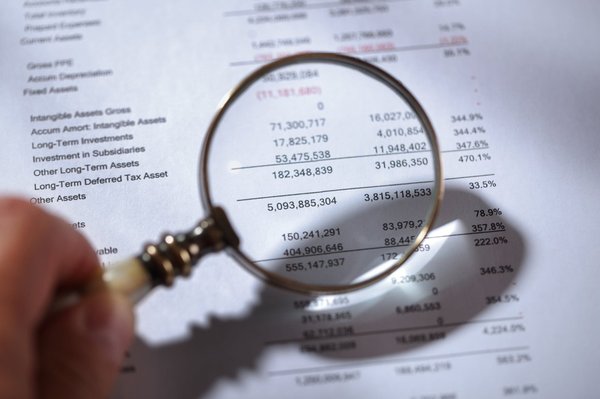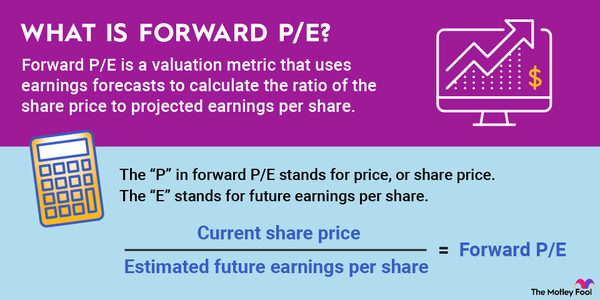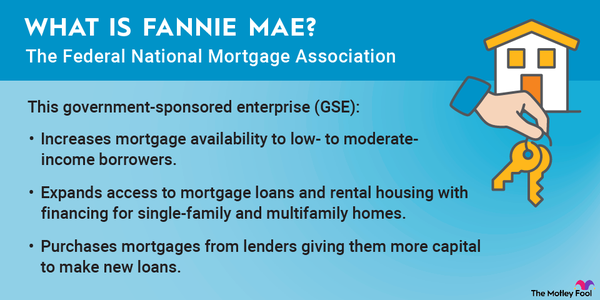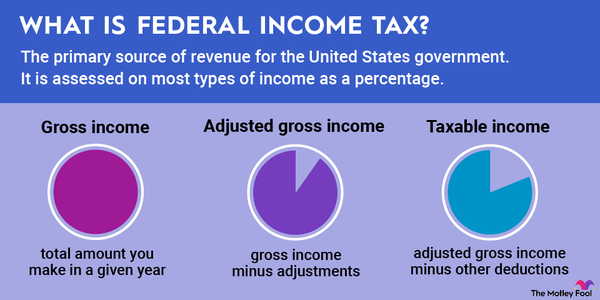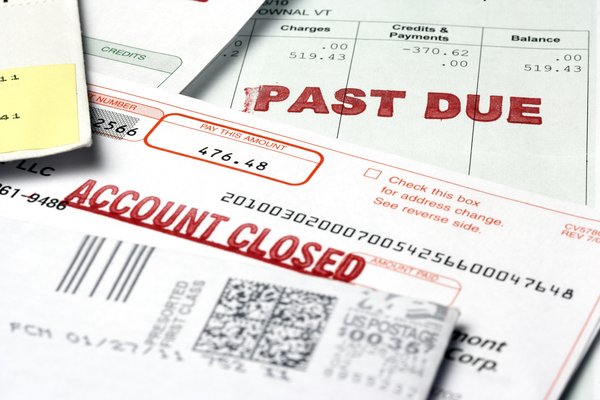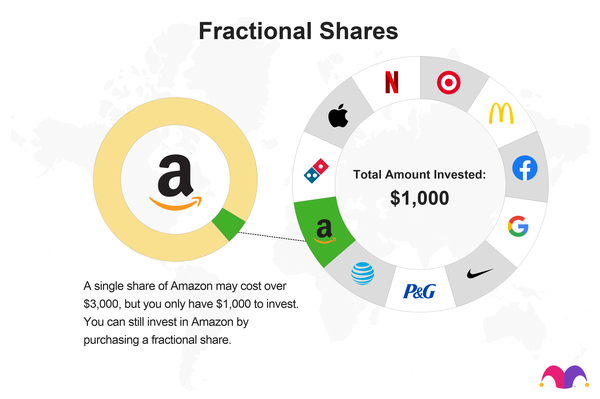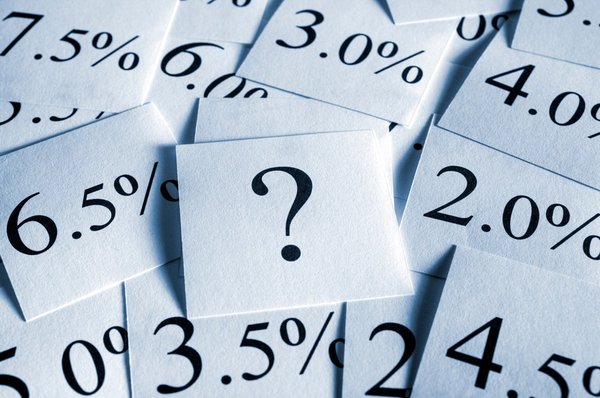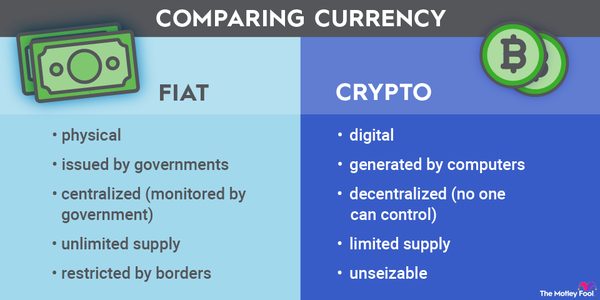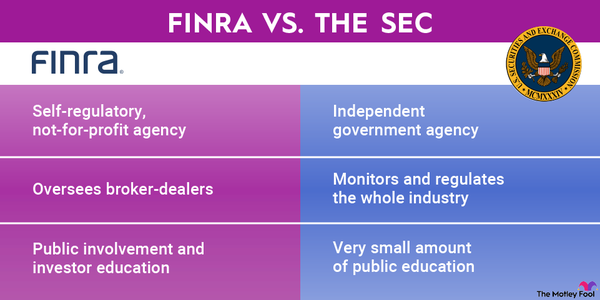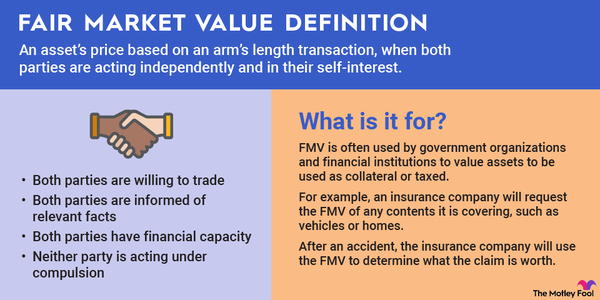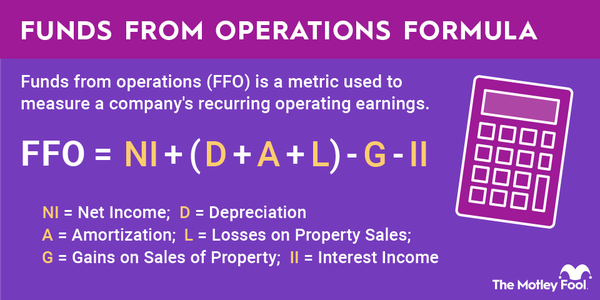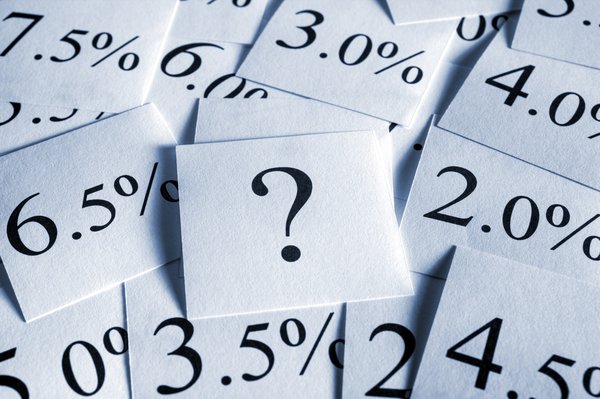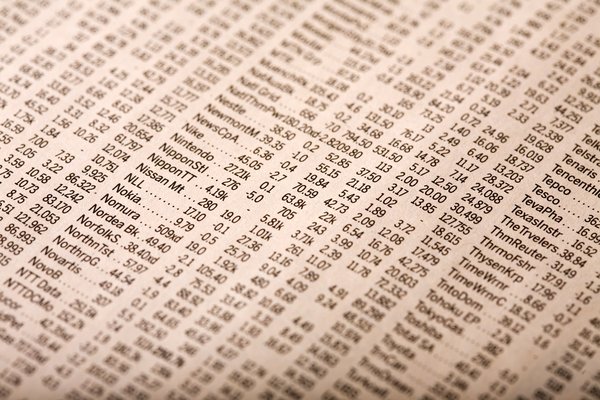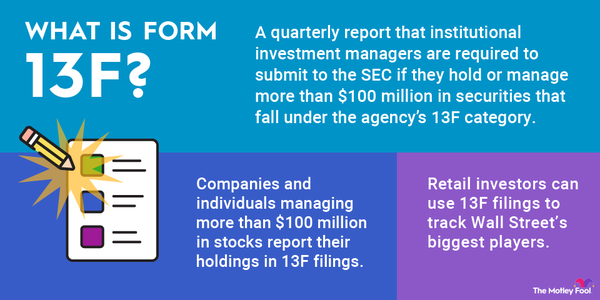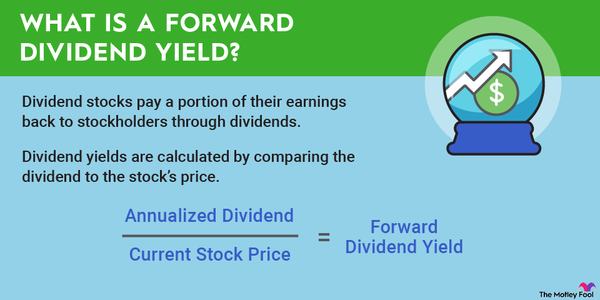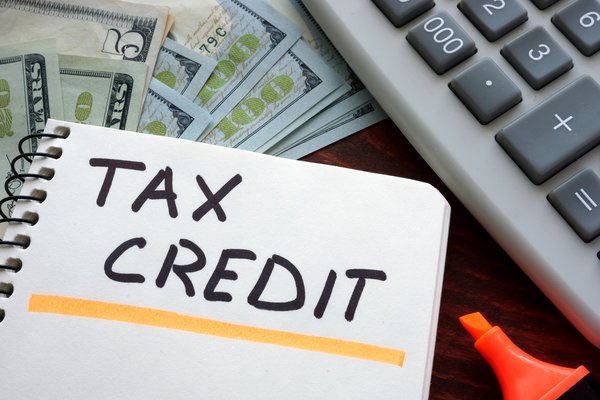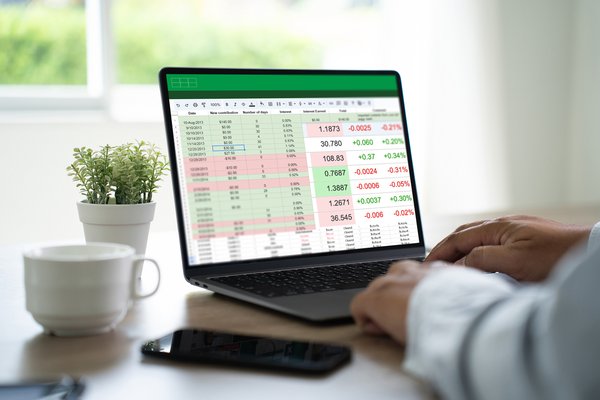Wondering how much your hard-earned money will be worth in five years, or 10, or by retirement? The timely calculation of future value is here to wind up your financial clock. Let’s take a look at the inner workings of future value, why it deserves your attention, and how you can use the future value calculation to support your financial decisions.

What is future value?
What is future value?
Future value represents the worth of a current asset, investment, or cash flow at a specific date in the future based on an assumed rate of growth. It’s the opposite of present value, which measures what your assets are worth right now.
Simply put, it's a way to estimate how much your money today will be worth after a certain period, considering factors like interest rates or investment returns. Some of these projected values can be quite accurate since they rely on unchanging interest rates. In other cases, the messy reality of unpredictable returns on things like stocks, real estate, and cryptocurrencies turns your future value into an educated guess. Either way, you can’t really plan for your financial future without getting comfortable with the future value formula.
Why future value matters
Why future value matters
Future value plays a pivotal role in making informed financial decisions. Here's why it's such an important tool:
- Financial planning: Whether you're saving for retirement, your child's education, the down payment for your next home, or a dream vacation, future value helps you set realistic goals. Then you’re ready to plan the necessary steps to drive down your financial roadmap.
- Investment decisions: Comparing investment opportunities is a breeze with future value calculations. It helps you weigh your options and choose the one that suits your financial needs and risk tolerance best.
- Inflation protection: Future value calculations can also account for inflation, helping you understand the real value of your money in the future. If you have to make adjustments to preserve your purchasing power, at least you’ll have a good idea of where you stand.
So, future value is like a financial compass, guiding you to make better financial choices today based on anticipated future outcomes.
Present Value (PV)
Taking action on future value calculations
Taking action on future value calculations
Now that you know what future value is and why it matters, here's how to put it to work:
- Calculate your future value: I’m afraid there’s math involved, but nothing a basic calculator can’t handle. The formula looks like this:
FV = PV(1 + i)^n
Let's break that formula down. PV is the present value, i is the expected rate of return on your investment, and n is the number of years this strategy will be active. For example, let’s say you’re investing $1,000 in an S&P 500 index fund, whose historical long-term returns have been roughly 9.5% per year over the last 95 years. Ten years later, you should have roughly $2,478 in that account, assuming the stock market stays close to its historical returns:
FV = $1,000 (1 + 0.095)^10 = $2,478.23 - Set realistic financial goals: Use future value to establish achievable goals and craft a savings or investment plan to reach them.
- Regularly review your assumptions: Since future value calculations rely on assumptions, it's important to revisit them from time to time and tweak them to fit the market’s twists and your changing financial plan.
Remember, with great (future) power comes great responsibility. Use future value calculations and estimates wisely!
Related investing topics
Using future value to plan for a new home
Using future value to plan for a new home
Imagine you're saving for a down payment on a house, and a realistic deposit in your area hovers around the $25,000 mark. You want to know how much you have to set aside in an ultra-safe high-yield savings account to reach that goal in five years. You find a savings account with a 5% annual interest rate, start with an investment of $15,000, and plug your data into an online calculator:
FV = $15,000 (1+ 0.05)^5 = $19,144
That’s not quite enough. What if you can scrape together $5,000 more and go to work with an initial investment of $20,000 instead?
FV = $20,000 (1+ 0.05)^5 = $25,526
So $15,000 isn’t quite good enough, but $20,000 in that savings account will do the trick, with some cash to spare. Now you’re ready to put together the initial investment you need and start watching House Hunters on repeat for the next five years.









